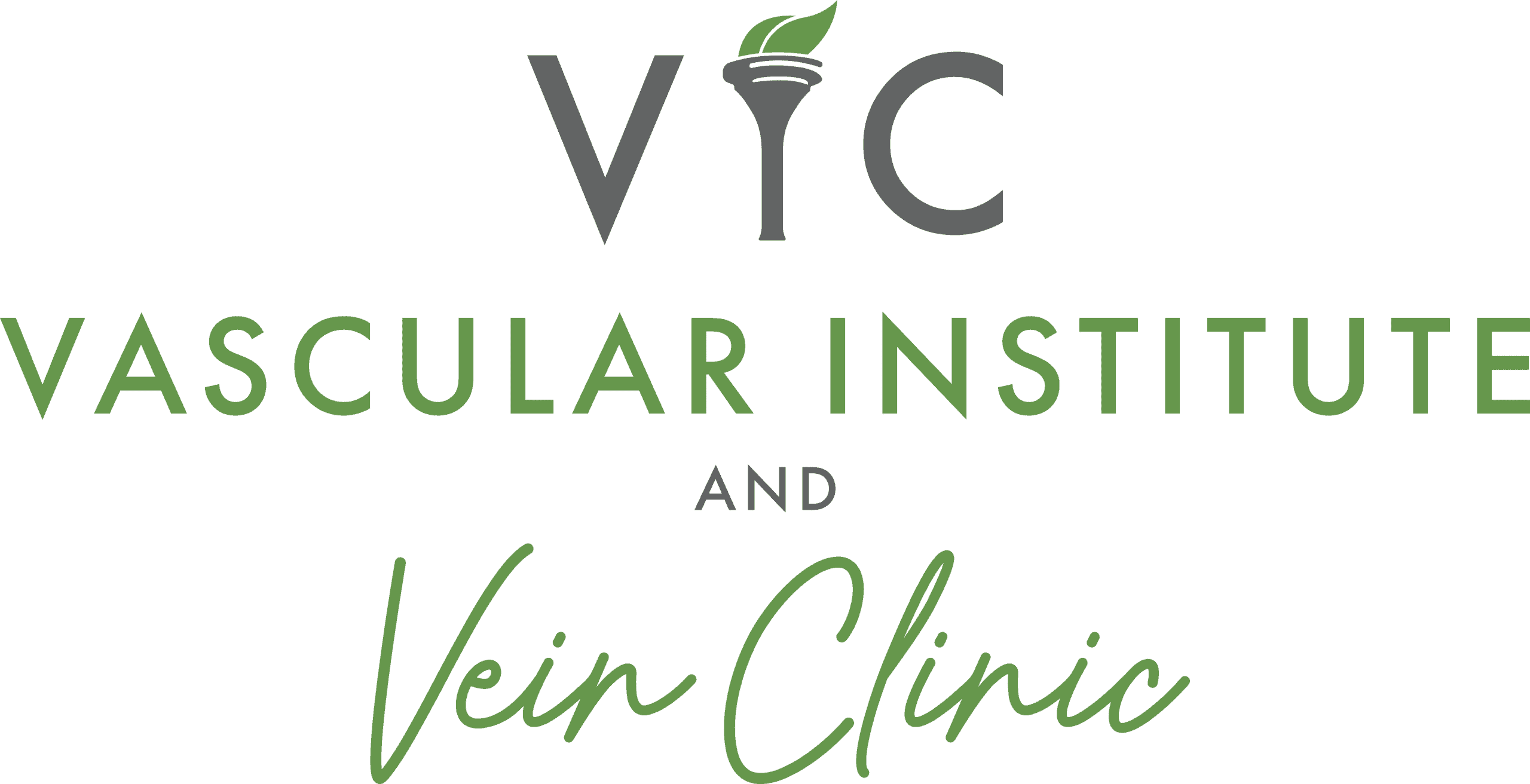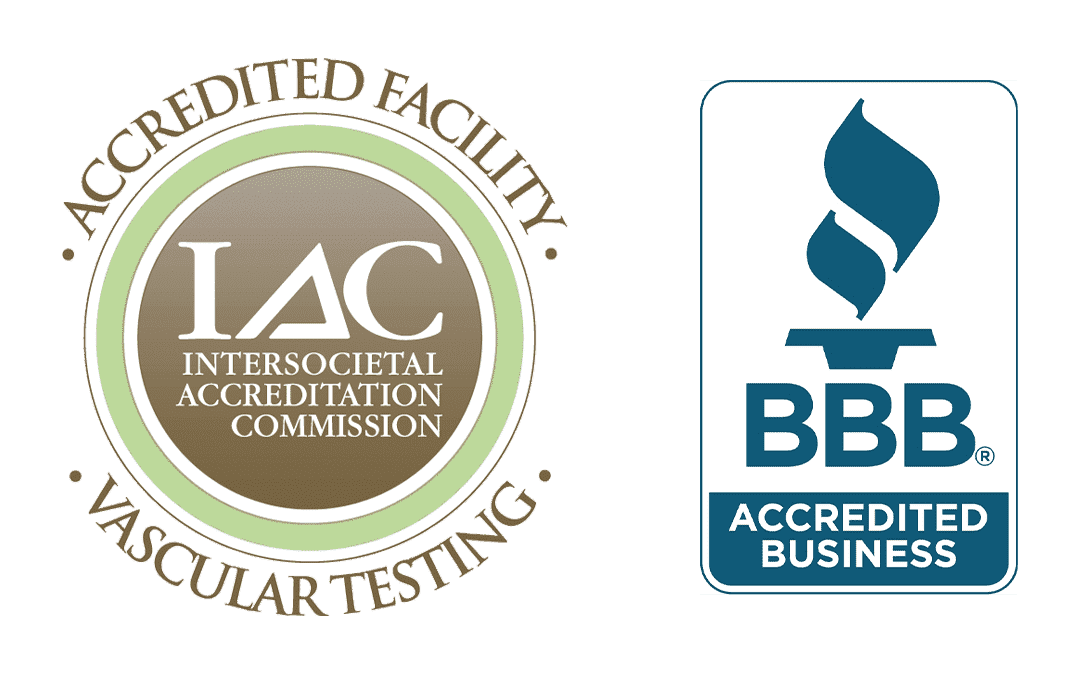|
|
Blockages in your carotid artery, which runs along each side of your neck, can be a significant health risk. These blockages are known as carotid artery stenosis and reduce blood flow to your brain, which can result in a stroke. One of the treatments for this condition is carotid endarterectomy (CEA). In this article, we will discuss what a CEA procedure is and who it is for, including the main causes of carotid artery stenosis and how lifestyle factors can affect this condition.
The carotid artery carries oxygen-rich blood to your brain. When the buildup of cholesterol, calcium or other substances forms a sticky substance known as plaque, it can obstruct the artery and reduce blood flow. The obstruction of blood flow is referred to as carotid artery stenosis. The blockage can lead to symptoms such as headaches, dizziness, visual changes, or a transient ischemic attack (TIA), a mini-stroke. These symptoms can indicate the need for a carotid endarterectomy.
The carotid endarterectomy procedure removes the plaque that builds up in the carotid artery. This procedure can improve blood flow and reduce the risk of a stroke. The procedure is typically performed by a vascular surgeon and involves cutting open the affected carotid artery and cleaning out the plaque buildup. The surgeon will then close the artery. After the procedure, the blood will flow smoothly through the carotid artery to the brain.
Lifestyle factors such as high blood pressure, high cholesterol, smoking or diabetes can contribute to the development of carotid artery stenosis. Minimizing these factors can help to prevent or decrease the progression of stenosis. Maintaining a healthy weight, regular exercise and a low-fat diet is essential in reducing risk factors for carotid artery stenosis.
Risk factors for carotid artery stenosis include age, family history, high blood pressure, high cholesterol, smoking or tobacco use, high-fat diets, diabetes, and obesity. People with these risk factors are more likely to develop carotid artery stenosis and should be regularly checked by their doctor.
Treatment options for carotid artery stenosis include medical management, minimally invasive endovascular, or surgical intervention. Medical management is used to control any contributing factors, such as blood pressure and cholesterol levels. Minimally invasive endovascular intervention is placing a stent in the carotid artery to hold it open. Surgical intervention, such as carotid endarterectomy or Carotid artery bypass surgery, involves reopening the blocked artery by removing the blocked segment or rerouting blood flow around the blocked section.
If you are experiencing symptoms such as headaches, dizziness, or a sudden TIA, it is essential to consult with your doctor or seek emergency care. Early diagnosis and treatment of carotid artery stenosis can help to prevent a stroke. Risk factors such as high blood pressure, high cholesterol, smoking, and obesity can increase the risk of developing carotid artery stenosis. Lifestyle modifications like regular exercise and a healthy diet can help reduce risk factors. Any additional questions about carotid endarterectomy from you or a loved one should be discussed with a board-certified vascular surgeon.






